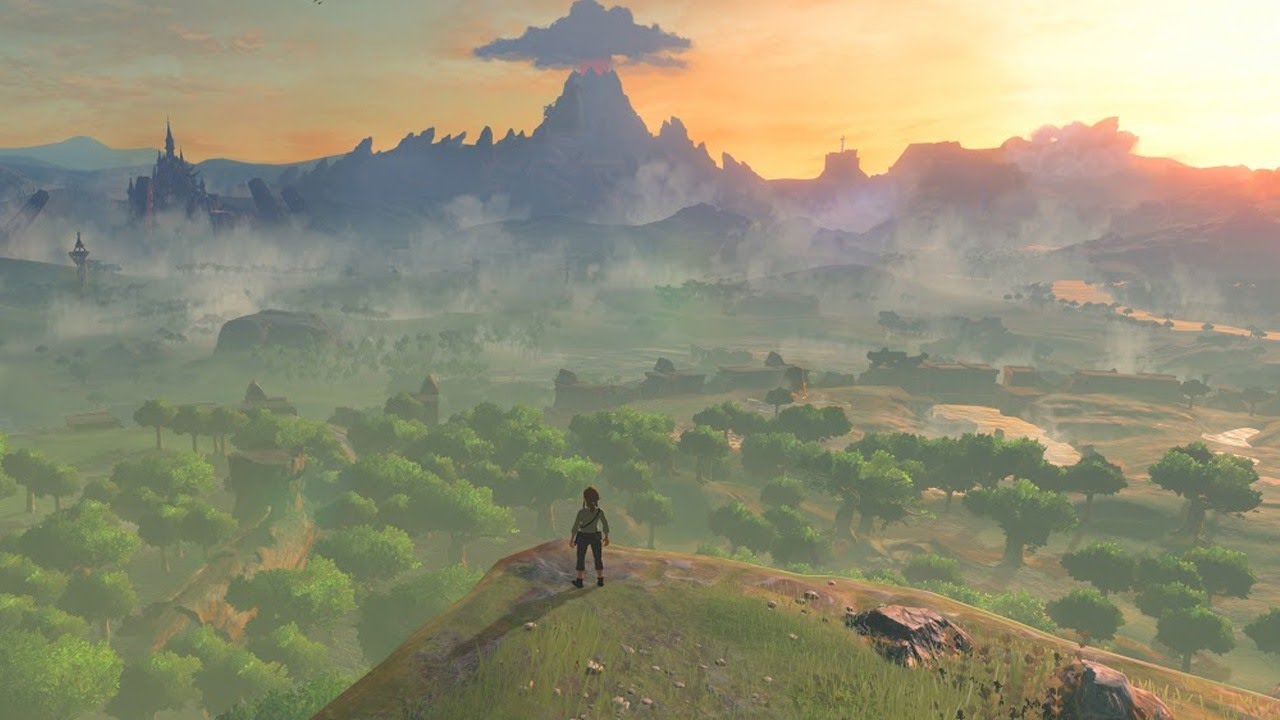Daily Debate: Do You Approve of Nintendo’s Current Game Design Philosophies as Seen in Breath of the Wild & Super Mario Odyssey?
Posted on April 21 2021 by Sean Gadus

Breath of the Wild and Super Mario Odyssey are two games that will always be linked together in gaming history. Both games came out in 2017, with Breath of the Wild being the major Nintendo Switch launch title and Super Mario Odyssey being the key holiday title for Switch in October of the same year. Both games were lauded as stand-out entries in their franchise and returns to form for Nintendo after the lackluster final years of the Wii-U era. Finally, most relevant for this Daily Debate, there are some design ideas implemented in both that might show a pattern in how Nintendo is designing their games.
One of the common designs ideas connecting Breath of the Wild and Super Mario Odyssey that much of the game’s content is optional to “beating the game” or seeing the end credits. For example, Breath of the Wild players technically only need to complete four out of the one hundred and twenty Shrines: the initial Shrines on the Great Plateau. Additionally, the player can go directly to the final boss without completing the Divine Beasts or another activities. While Super Mario Odyssey has a more clearly delineated path to its final boss, the game has hundreds of optional Power Moons (aka Stars) and secret sub-areas. In Super Mario Odyssey, there area also an assortment of side activities and new content that only open up after the end credits sequence, which some players may never even get to.
Overall, I think that Nintendo’s philosophy with both games is to provide a clear and relatively simple path to the finish line, while filling both game’s with huge amounts of optional content for the players who want more. If you compare a game like Twilight Princess or Skyward Sword to Breath of the Wild, you can see how different the path to the end credits is and how much more is required of the player to get through the main story. One of the advantages of the wide approach to Breath of the Wild and Super Mario Odyssey is that many different types of gamers (casual/experienced, young/old) can enjoy these two games in some form. Though in Breath of the Wild’s case, one might argue that this game design philosophy might make it hard to make a streamlined and smooth story.
What do you think? Do you approve of Nintendo’s current game design philosophies, as seen in Breath of the Wild and Super Mario Odyssey? If so, do you think this design philosophy will be a major part of Mario and Zelda games going forward?

Sean Gadus is a Senior Editor at Zelda Dungeon. His first Zelda game was Ocarina of Time, and he loves all of the 3D Zelda games from 1998-2011. The final battle of Tears of the Kingdom is one of his favorite final battles in the entire series. He wants to help build a kinder, more compassionate world. You can check out his other written work at The-Artifice.com.



